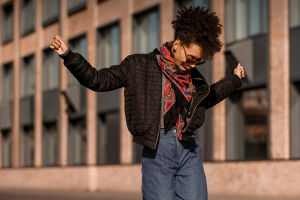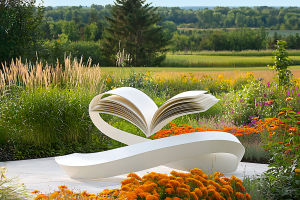Have you ever watched a traditional dance and felt an instant connection to a culture or story beyond words?
Traditional dance is far more than rhythmic movement—it serves as a living archive of culture, history, and identity. Across the world, communities have used dance to express values, celebrate important events, and pass on shared heritage.
In this article, let's dive into why traditional dance holds such deep cultural significance and how it continues to unite people today.
Traditional Dance as Cultural Expression
At its core, traditional dance is a form of cultural expression that reflects the unique history, beliefs, and environment of a community. Each step, gesture, and costume carries meaning tied to local customs, religion, or historical events.
For example, Native American dances often tell stories of nature and spiritual beliefs, while Asian classical dances convey myths from ancient epics. By performing these dances, communities reaffirm their identity and keep their traditions alive, creating a tangible link to their ancestors.
Preserving History Through Movement
Traditional dance acts as a dynamic form of spoken history. In societies where written records were limited, dance served to record significant moments such as harvest celebrations, rites of passage, or victories. Movements could symbolize the actions of historical figures, natural phenomena, or moral lessons. This preservation through embodied storytelling ensures that even generations far removed from the original events can experience and understand their cultural roots.
Ritual and Spiritual Roles
Many traditional dances hold spiritual or ritual importance, serving as a bridge between the physical and spiritual worlds. They are often performed during festivals, ceremonies, or spiritual observances to celebrate deities, seek blessings, or mark transitions like birth and marriage.
The communal aspect of these dances strengthens social bonds and creates a shared sense of purpose. For example, African tribal dances frequently combine music, dance, and chanting to invoke protection or healing for the community.
Community and Identity Building
Traditional dance fosters social cohesion by bringing people together in collective participation. It reinforces group identity by distinguishing one community from another, yet also promotes inclusion within the group. Learning and performing traditional dances often involves mentorship between elders and youth, passing down skills and values. This exchange creates intergenerational ties and encourages respect for cultural heritage, strengthening community resilience in changing times.
Adaptation and Continuity
While rooted in history, traditional dance is not static. It adapts to new social contexts and influences while maintaining core elements that preserve its identity. Many communities have incorporated contemporary movements, music, or costumes, allowing traditional dance to evolve and remain relevant. This balance of preservation and innovation helps prevent cultural stagnation and invites broader participation and appreciation.
Global Influence and Cultural Exchange
Traditional dances have also crossed borders, influencing and inspiring global art and culture. From flamenco's passion in Spain to the vibrant salsa rhythms of Latin America, these dances attract international audiences and foster cultural exchange. While sharing traditional dance globally raises awareness and respect, it also requires careful attention to avoid cultural appropriation and ensure authentic representation.
Challenges in Modern Times
Despite its importance, traditional dance faces challenges in the modern world. Urbanization, globalization, and shifting lifestyles have led some younger generations to lose interest or disconnect from their cultural practices. Efforts to preserve traditional dance include educational programs, cultural festivals, and digital archives, which aim to revive interest and document dances for future generations. Supporting these initiatives is vital to sustaining this living heritage.
Conclusion: What Does Traditional Dance Mean to You?
Traditional dance is a vibrant thread weaving together the past, present, and future of cultures worldwide. It invites us to move beyond words and experience the stories, values, and identities that shape human communities. Have you experienced or participated in a traditional dance? What emotions or connections did it bring? Share your thoughts and keep the dance of culture alive!


